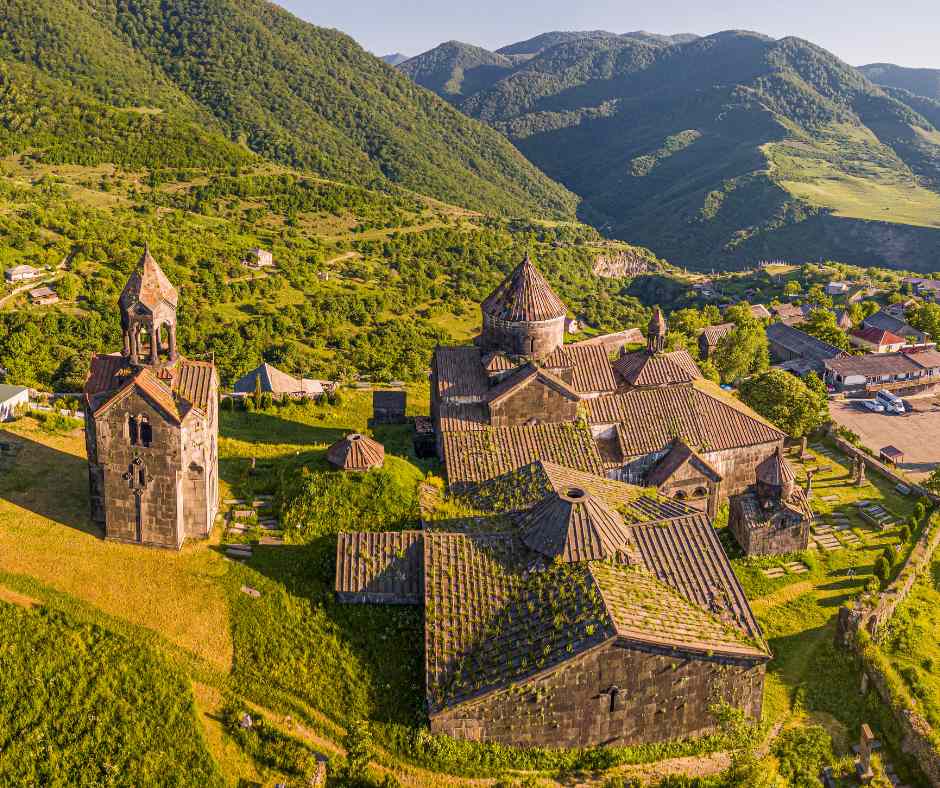
Armenia is home to some of the most fascinating medieval monasteries you’ll ever see. Among these, Haghpat and Sanahin monasteries stand out as the living history that came to live in Armenia’s north.
If you’ve browsed any travel guides, you’ve probably seen them listed as must-visits. And there’s a reason—they’re both UNESCO World Heritage sites, after all.
But what makes Sanahin and Haghpat truly special? It’s not just their age or the intricate architecture. It’s also about their location that attracts most tourists visiting Lori. Imagine ancient stone walls surrounded by lush green valleys at the edge of a beautiful gorge. It’s a photographer’s dream and a history lover’s paradise.
In this blog, we will dive into the history of these two monasteries to see why these two monasteries should be on your travel radar.
How to Get to Monasteries?
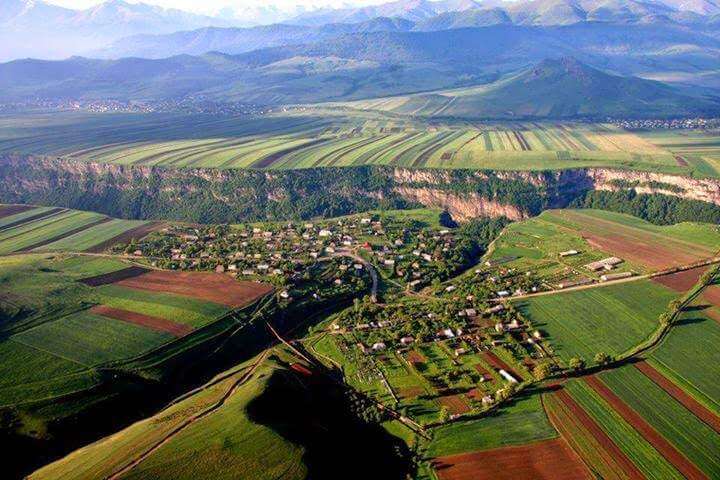
The Haghpat and Sanahin monasteries are located in one of Armenia’s most picturesque spots, the Debed Gorge. This area, with its stunning natural beauty, is just a three-hour drive from Yerevan, making it an easy day trip. The monasteries are also not far from the border with Georgia, so if you’re driving down from there, they’re conveniently on your route.
The Debed Canyon is one of the most breathtaking landscapes in northern Armenia. It stretches from Vanadzor, the main city of Lori province, all the way up to the Armenia-Georgia border. The canyon is deep and dramatic, reaching depths of up to 350 meters. The surrounding mountains and the views from their slopes make this area a must-visit. Although it’s open for visiting in any season, you’d better do it in summer or early autumn. It may be too cold in winter in the mountains. Besides, the climate here is humid.
Haghpat
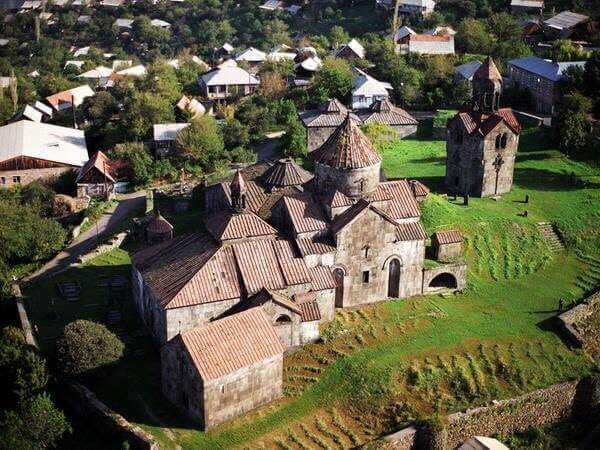
Haghpat Monastery was founded in 976 AD by Queen Khosrovanush, wife of King Ashot III the Merciful, this monastery is a complex of stunning buildings, each with its own story. Imagine walking through ancient corridors, where every stone has witnessed centuries of history.
The centerpiece is the St. Nshan Church, the oldest part of the complex built between 976 and 991 AD. The church’s massive central dome, supported by four sturdy pillars, creates an awe-inspiring space. Inside, you can still see ancient frescoes, including a striking image of Jesus enthroned.
But Haghpat isn’t just about the church. The complex also includes a narthex, a belfry, and several chapels, each adding to the monastery’s unique character. The monastery could accommodate more than 200 monks, and there was also a book depository and a sepulcher here.
Each Armenian church has a number of khachkars scattered nearby. This is no exception. Here the best known is “Amenaprkich” (All-Savior) khachkar dating back to 1273. All-Savior kahchkars deviate from traditional ornaments and depict crucifixion or descent from the cross. This one depicts the crucifixion scene: Jesus on the cross, Mother Mary, the 12 apostles of Christ, and angels.
Sanahin
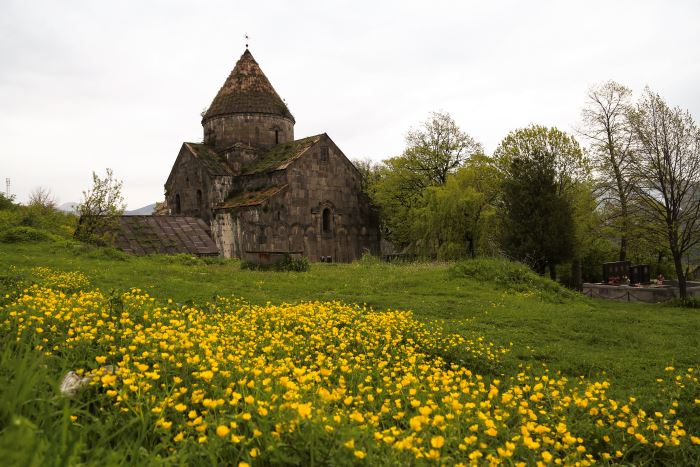
Just like Haghpat, a 10th-century Sanahin monastery is a fascinating place. The oldest church in the complex, the Church of the Virgin Mary, was built in the first half of the 10th century during the reign of King Abas I Bagratuni.
This church, along with the Cathedral of the Holy Redeemer, forms the heart of the monastery. The Cathedral, built by King Ashot the Merciful and Queen Khosrovanush in 966 AD is a stunning example of the architectural brilliance of that era, with its central dome and intricate design.
However, it wasn’t just a place of worship; it was a hub of education and culture. The monastery housed an academy where students learned theology, philosophy, medicine, and more. The presence of scholars like Grigor Magistros Pahlavuni elevated Sanahin to a center of intellectual life in medieval Armenia.
Besides, it served as the residence of the diocese until the 11th century. This is a burial place of the Kyurikyan Bagratids, a royal dynasty that ruled here. There are more than 50 khachkars preserved near the monastery.
What Else to Visit in Lori?
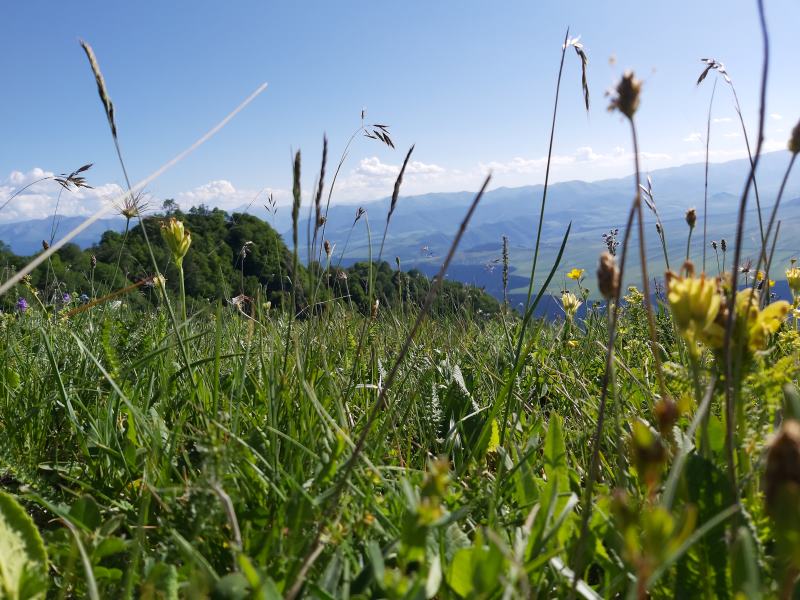
Lori in general and Debed Canyon in particular are places where the journey itself is worth it even without having a well-crafted itinerary. Even if you don’t visit any particular sites, just driving through the region is a great experience. You can simply take a stroll along the Debed Gorge, visit charming villages, ride a horse through the meadows, or even pick wildflowers. The natural beauty of Lori is so stunning that it’s impossible not to feel relaxed.
But if you’re up for more adventure, Lori has much to offer. Of course, there are dozens of medieval churches, museums, and even a cave fortress complex.
The COAF Smart Center is a must-visit for those interested in learning about local initiatives and enjoying some modern architecture. If you’re into outdoor activities, Lori is perfect for hiking, and you can even try rafting on the Debed River for a bit of adrenaline.
Besides, like on a trip to any other Armenian province, the food is worth trying. A lot of vegetables, greens, mushrooms, and wild berries are used in the local dishes. The province is also popular for its string cheese and cheese made with herbs.
Exploring Haghpat and Sanahin Monasteries with Levon Travel
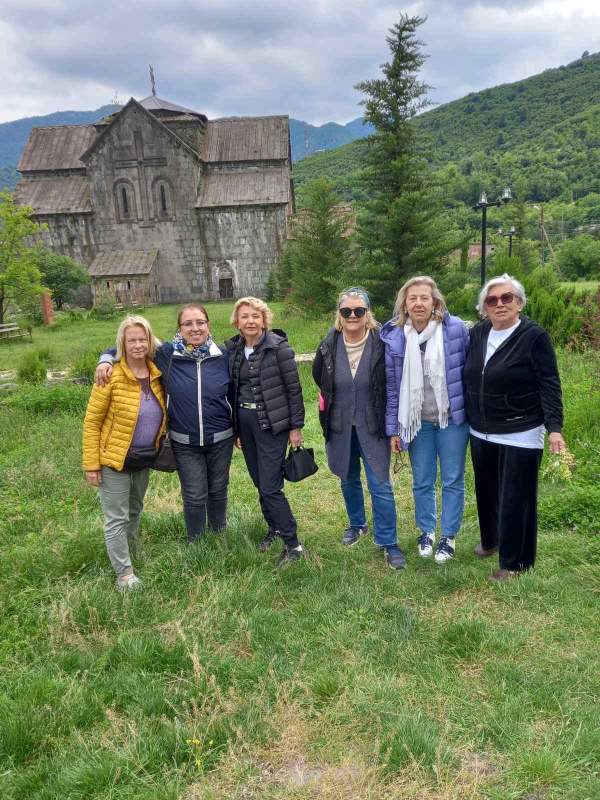
Visiting UNESCO-listed Haghpat and Sanahin monasteries is a must on a traditional itinerary through Armenia. However, with Levon Travel, your visit can become something truly special. The professional guides will help craft unique, custom-made tours that go beyond the ordinary. Imagine not just visiting the famous monasteries, but also exploring nearby villages, meeting the local Molokan communities, or discovering spots that most tourists miss.
The expertise of over 30 years and hosting dozens of tourist groups makes Levon Travel the best companion to go deeper into the culture, history, and natural beauty of the Lori region.
